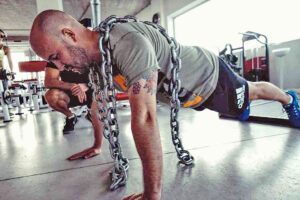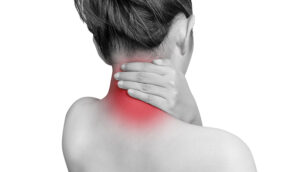Know how Restless Leg Syndrome can be diagnosed and treated
Leg Pain :

Leg pain is one of the most common complaints that medical practitioners often encounter during their career. It can occur in both children and adults. Usually, children complain of leg pain at the end of the day, while sleeping. Similarly, an adult can also complain of leg pain and experience a peculiar sensation of giving away. Each bone is covered by a thin layer of periosteum. Above the periosteum, we have various blood vessels, ligaments and muscles. Periosteum gains its nutrition from tiny and thin blood vessels and muscular tissues. At night, when we rest, the muscles also get relaxed at their respective positions. Thus, if the muscles are pulled or stretched, pain is felt around the leg.
Localised vague leg pain is quite common. There can be multiple causes behind the same, including Vitamin D deficiency, Thyroid disorder, Diabetes, Osteopenia, Secondary metastasis, calcium and magnesium deficiencies. Most common symptom for Chronic Fatigue Syndrome (CFS) is also known as Restless Leg Syndrome. Restless Leg Syndrome is a common condition seen in individuals. It is found in young children, who tend to dance or play a lot especially running, jumping and skipping.
Restless Leg Syndrome is a temporary phenomenon. It can last for an hour or longer. The sensations are most often bilateral and occur predominantly at night when the patient lies down to sleep. Daily exercises have been known to reduce the symptoms, such as walking and cycling.
Symptoms :
Pain around the leg – Pain occurs predominantly while sitting. Often the patient gets a feeling of restlessness and loss of leg muscles. He or she also feels as if someone is applying pressure. There is a generalized restlessness and fatigue. Burning of feet, uncomfortable tingling of the legs and an urge to move can also be experienced.
Investigation :
A thorough routine blood and radiological investigation is required. Blood examinations such as CBC & ESR,Uric acid,RA factor, ASO, S.ca, S.mg, S.Alkaline Phosphatase,S.Vit D3OH, Fe level are most essential. X-ray and Lumbosacral Spine should be performed to rule out any feature of stenosis.
Treatment :
- Use of ice packs and heat alternatives reduce symptoms.
- Drink lots of water to avoid dehydration. Avoid stimulants like nicotine, alcohol, caffeine or sugary drinks before bed.
- Massage therapy with release of lower back and leg muscles. Calf release and stretching. Anterior leg muscle release is essential.
- Intake of Vitamins such as C,E & D may help in relieving RLS along with Oral Rehydration Solution (ORS).
- Analgesics and muscle relaxants along with Carnitine supplements can also play their role.




